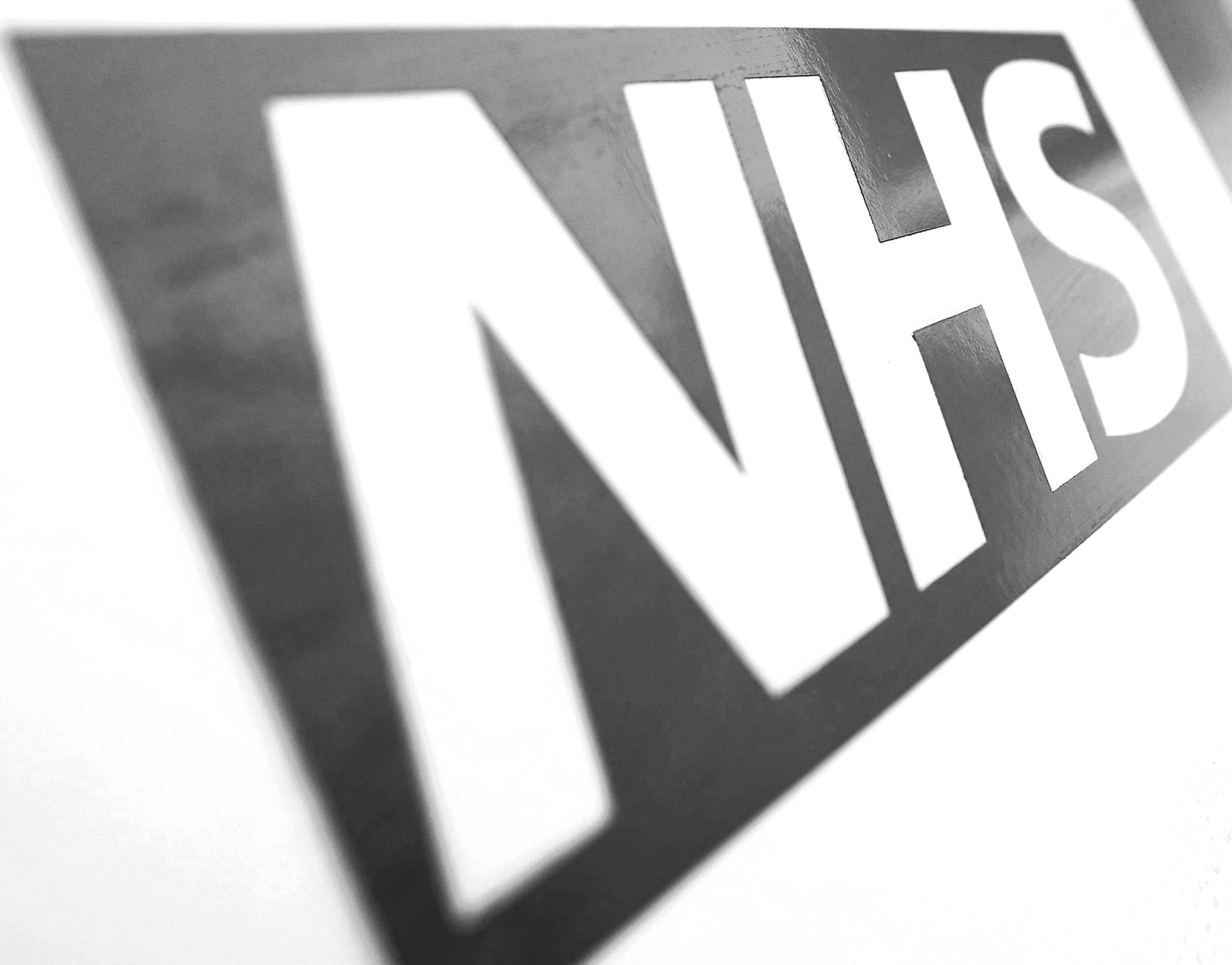
RESEARCHERS have predicted the Scottish Government will spend half of its day-to-day budget on health by 2021 or earlier.
A report by economists at the Fraser of Allander Institute said based on the current plans of the Scottish and UK governments, health spending will take up 50% of the Scottish Government’s resource budget by the end of the current parliament.
The analysis by the independent economic research unit based at Strathclyde University found any further increases in health spending to meet projected growth in demand are forecast to lead to an even tighter squeeze elsewhere.
Researchers said this indicates an urgent debate is needed on the future priorities of Scotland’s tax and spending, and the government will need to consider a wider range of revenue-raising options in future beyond tweaking income tax or look at further public-sector cuts.
The report shows the outlook for the Scottish budget has improved thanks to the Barnett formula consequentials announced at last month’s UK budget.
Researchers believe some of this increase is likely to be offset by the Scottish Fiscal Commission’s weak income tax forecasts and indicate many portfolios still face tough financial choices.
They warn “austerity isn’t over” for much of the public sector in Scotland.
The report predicts the overall size of the Scottish budget in 2019/20 is unlikely to differ markedly to the previous year.
In the near future, despite a 3% rise between the current financial year and 2021, the budget will be around 7% per capita lower at the end of the current parliamentary term than in 2010, researchers believe.
Institute director Professor Graeme Roy said: “Whilst the outlook for public spending in Scotland next year has improved compared to what Finance Secretary Derek Mackay will have been planning for this time last year, for many parts of the public sector austerity will be far from over.
“Public spending since 2010 has been focused on core areas of health, education and social care.
“This pattern is set to continue and whilst the outlook for unprotected areas has improved, further cuts cannot be avoided.”
David Eiser, the report’s lead author, said the finance secretary is likely to come under pressure to at least partly close the income-tax gap with the rest of the UK but this would cost around £280 million.
He said “bolder ideas” to raise revenue may need to be considered in the longer term and given the parliamentary arithmetic, with the SNP historically relying on the Greens to pass their budget, this year could see steps to “genuine reform of local taxation”.
“Austerity may be ending, but the Scottish Government will still face challenging decisions on revenue raising and the distribution of expenditure,” he added.
The report follows a warning from Holyrood’s Finance and Constitution Committee that Scotland’s ageing population could put a strain on future budgets.
Highlighting that Scotland’s population is forecast to age faster than the rest of the UK and this rate is expected to accelerate from 2021 onwards, the committee’s pre-budget scrutiny report questions if the Scottish Government has enough policy levers to handle this risk and whether the fiscal framework, which sets out how Scotland is funded, sufficiently recognises this demographic difference.

Enjoy the convenience of having The Sunday Post delivered as a digital ePaper straight to your smartphone, tablet or computer.
Subscribe for only £5.49 a month and enjoy all the benefits of the printed paper as a digital replica.
Subscribe